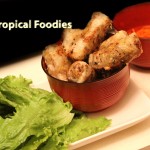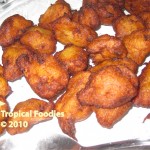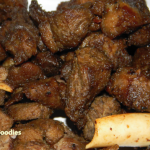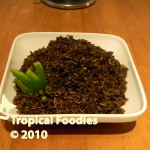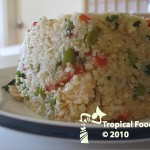I had never tried fried yucca before gracefully sacrificing myself for the good of Tropical Foodies. This dish exceeded by far my expectations and is ranked at the top of my list of favorite side dishes, right beside fried plantains. …
Klaklo- never too late with plantains!
Plantains are very special in my opinion, because they can be eaten and still be delicious no matter how ripe they are. I am hard pressed to think of another starch that has similar attributes: I cannot remember how many times I went to the grocery store, determined to buy fresh vegetables to incorporate into scrumptious dishes, …
Neither yam nor potato!
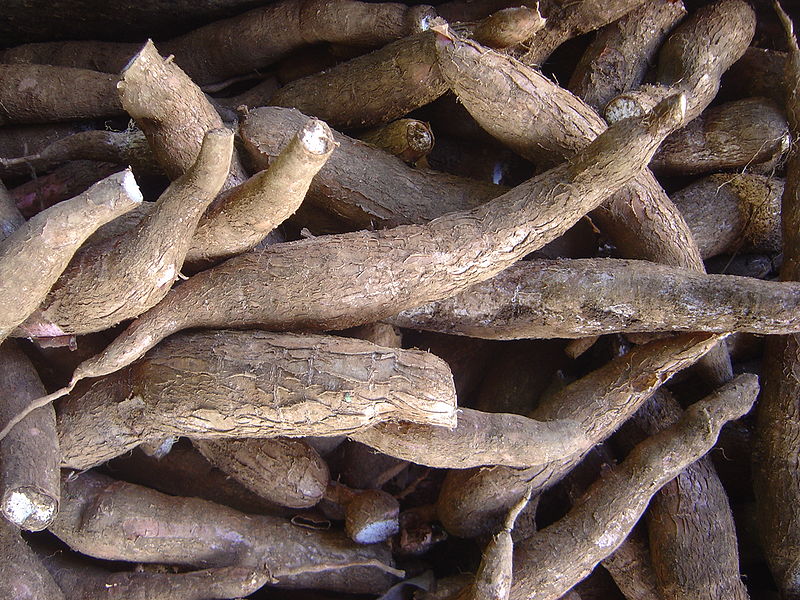 CASSAVA (MANIOC/TAPIOCA)
CASSAVA (MANIOC/TAPIOCA)
The cassava is an important source of dietary carbohydrates in the tropical and subtropical areas of the world, with its roots providing food for over 500 million people. It comes with hard and starchy white flesh. This vegetable is the basis in the making of cassava flour. The cassava contains a strong poison, cyanide, which needs to be eliminated during the preparation of the flour. This is done by cooking or fermenting the vegetable. Drying and grounding comes next. The cassava flour or gari is now ready for storage or use. The cassava or manioc plant has its origin in South America. Amazonian Indians used cassava instead of or in addition to rice/potato/maize. Portuguese explorers introduced cassava to Africa through their trade with the African coasts and nearby islands. Africans then further diffused cassava, and it is now found in almost all parts of tropical Africa. Africans adopted it for several reasons: The cassava plant is possible to cultivate in shifting systems and it gives flexible harvest. Furthermore it is resistant to locust attacks and drought.
The cassava root is mostly starch with very little vitamins and minerals, However one cup provides about 40 percent of the US recommended daily allowance for manganese and 71 percent of vitamin C.
Manganese is one of the trace elements necessary for strong bones. Low levels of the mineral can lead to bones being malformed. While research has not shown that low levels lead to bone loss osteoporosis, it has been shown to help prevention of bone loss in menopausal women.Manganese is also important in the formation of connective tissue, blood clotting factors and sex hormones. Low levels have been associated with infertility, muscle weakness and seizures.
As a very good source of vitamin C cassava can help your body repair tissues. It is an important component of proteins used to make skin, tendons, ligaments and blood vessels. Vitamin C is also used to heal wounds and form scar tissue and to repair bones, skin and teeth.
Low in saturated fat, cholesterol and sodium, cassava root is a good choice for heart health. (source:http://www.royalgazette.com/article/20111220/ISLAND05/712209956)
Wonder Bananas!
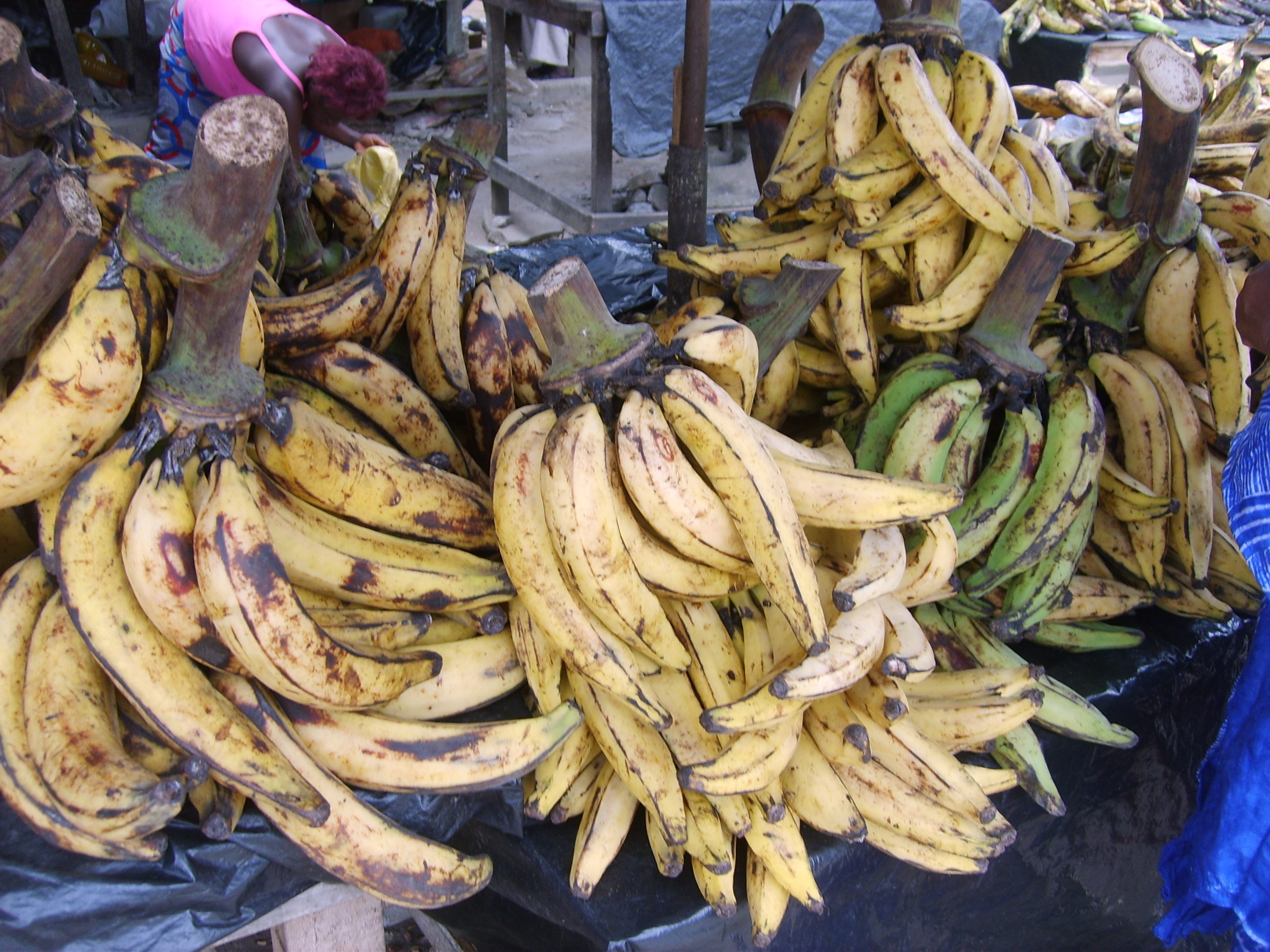 PLANTAINS
PLANTAINS
The plantain is a member of the banana family. These fruits can either be green, yellow or almost black, according to their ripeness. When plantains are green and unripe, they have a chalky texture and flavor resembling a potato. Plantains should not be eaten raw, but once cooked, boiled, fried, baked or roasted, they have a wonderful flavor. Mostly grown small scale in compound gardens.
Plantains has up to 14 times as much vitamin A, two times as much vitamin C, and one-third more potassium than the banana. One-half cup boiled plantain slices has 2 g dietary fiber, 700 IU vitamin A , 8.4 mg vitamin C, and 358 mg potassium. (source: http://gardeningdirections.com/learn/healthy-living/183-yes-you-need-to-eat-bananas-part-4-plantain.html)
Another benefit of eating plantains is an improved mood: Bananas and plantains are both rich in serotonin, dopamine, and other natural mood-elevating neurotransmitters—natural chemicals that facilitate the transmission of impulses.


